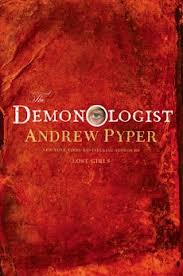Not only is the
title beguiling, but so is every story unfurled in this unabashedly direct
memoir of a lost father and a son trying to find his way.
Flynn opens with a
close-up of his father Jonathan in an ATM, pretending to be banking, “brought to you by the Museum of the
Homeless” where he “bends to his
deposit slip, Six hundred and seventy thousand cash…puts it in an envelope,
licks the envelope shut” then “curls
up on the ceramic floor, turns his face to the baseboard, tucked below the
window so the fake police won’t see him.”
Flynn-the-younger
worked in a Boston homeless shelter from 1984-1990. His father was homeless for
five years, beginning in 1987. It was inevitable that their paths would cross.
And, you witness both of them struggle with addiction. About his father’s
insistence on writing a novel, he discloses: “His
novel, such as it is, if it is at all, written in blackout and prison, is his
ark, the thing that will save him…His single-mindedness impresses most, his
fathomless belief in his own greatness, in his power to transform a failed
world, to make it whole again by a word. By a story. That if you stick with
your vision long enough you will be redeemed.” And, you hope for redemption for both, a
shared redemption that in the end comes in the shape of the book in your hand.
Each sentence in Nick Flynn's memoir is a
gasping punch to the solar plexus or a curare dart to the heart.
I will read everything he writes.
Follow @_nick_flynn_ on Twitter or visit
his website: http://nickflynn.org











